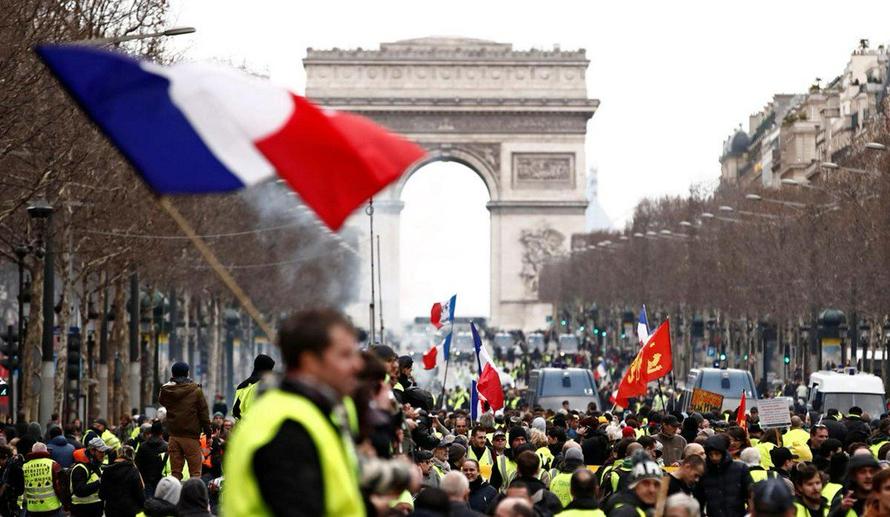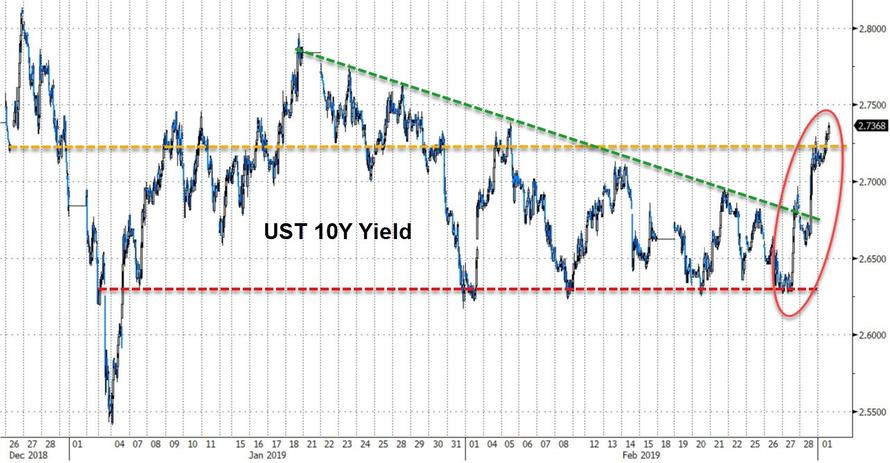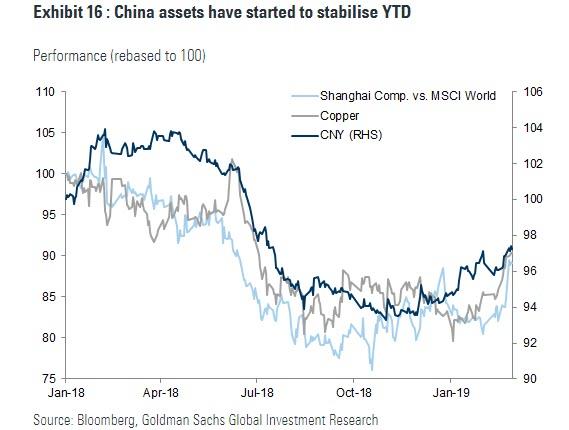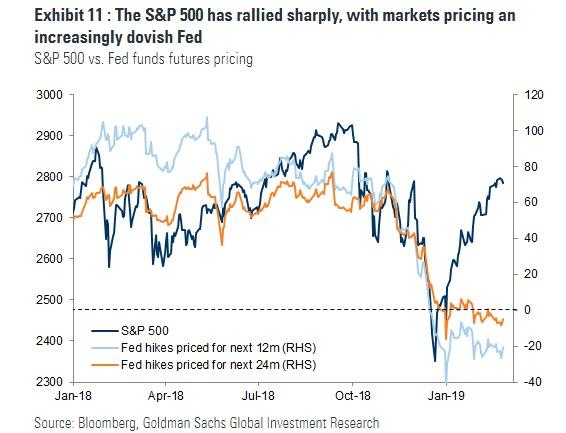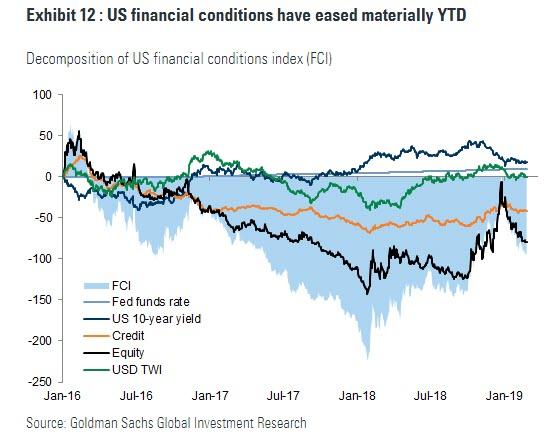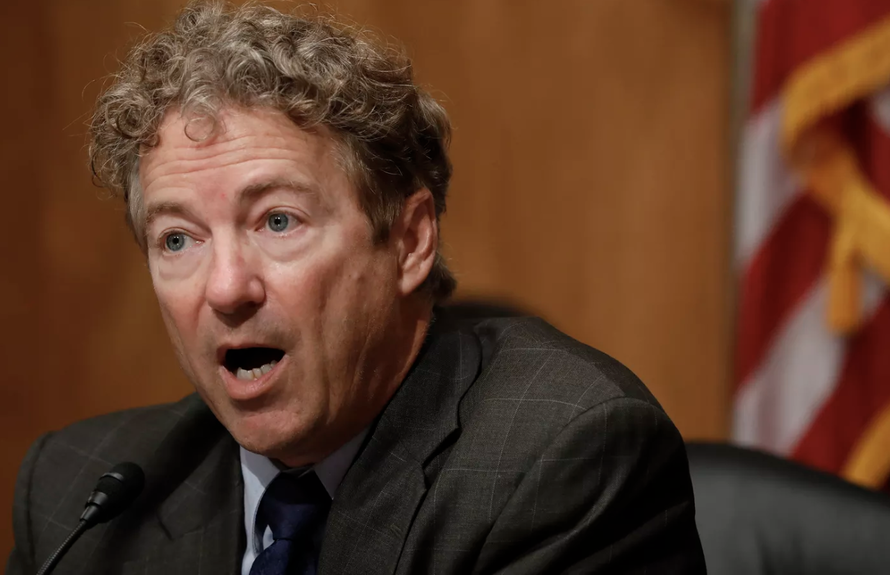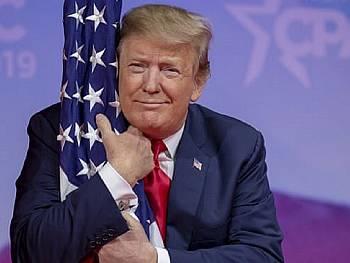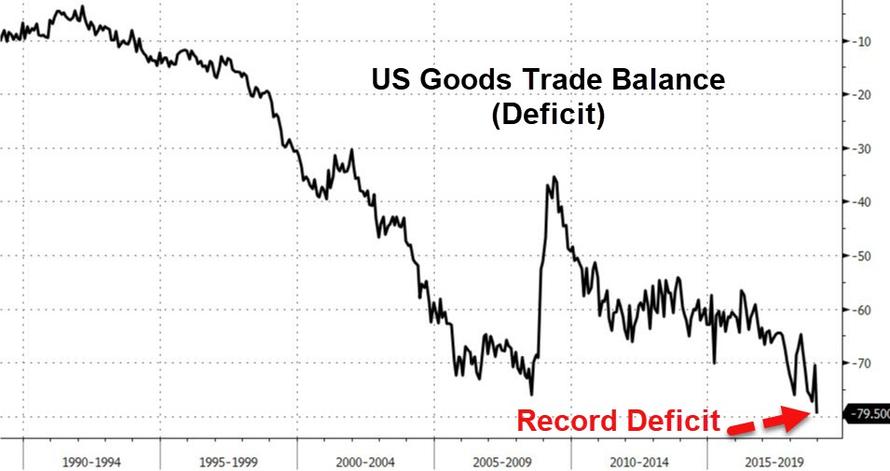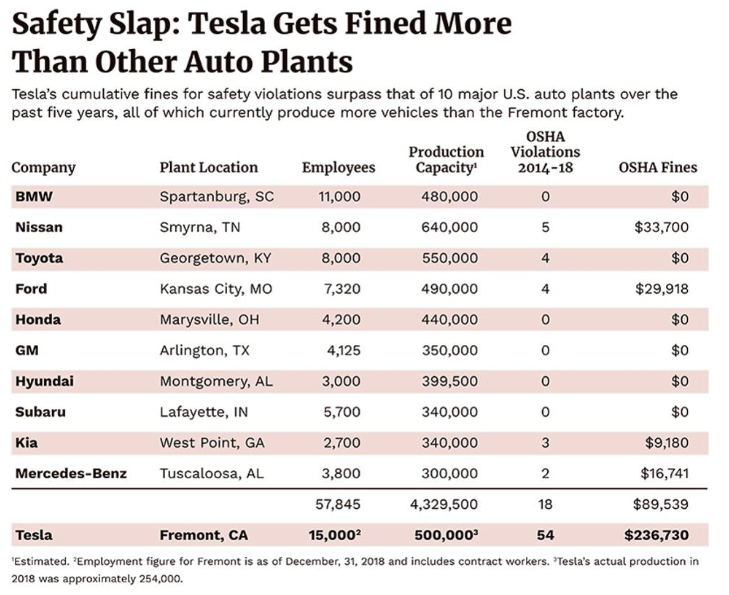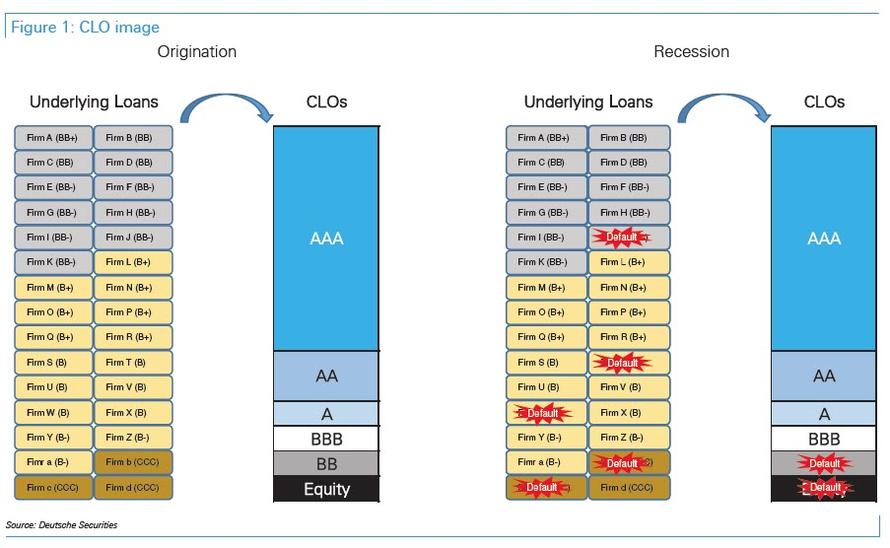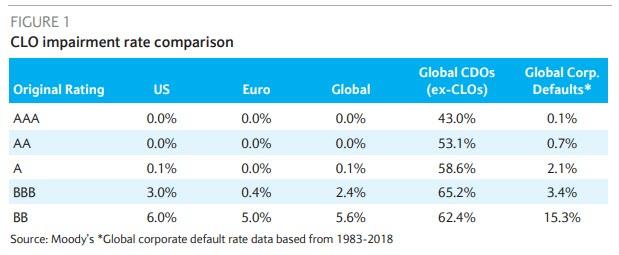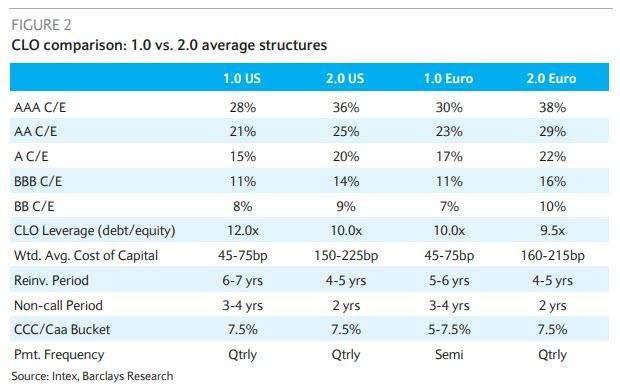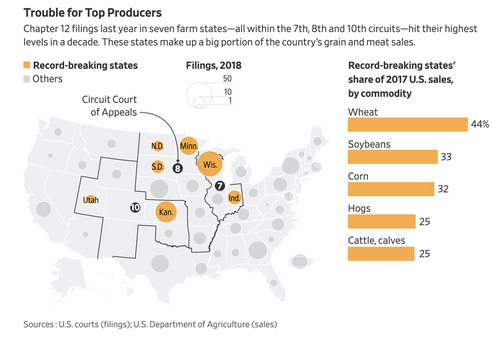Bernie Sanders faced his second MSM sandbagging in less than a week after MSNBC let an undisclosed Clinton operative lie about what he said on live television in reaction to Sanders’ first 2020 presidential campaign speech, according to The Intercept‘s Glenn Greenwald (and anyone who heard Sanders speak).
Sanders – who was introduced by two African Americans and racial justice advocate Shaun King, was praised for his lifelong commitment to civil rights, including being “only one of two white elected officials” to support Jesse Jackson’s 1984 run for president.
After the speech, MSNBC turned to Zerlina Maxwell – who they failed to mention was a paid official for Hillary Clinton’s 2016 campaign, identifying her only as a “MSNBC analyst.”
Maxwell proceeded to lie – saying of Sanders’ speech: “I clocked it. He did not mention race or gender until 23 minutes into the speech. And just for point of comparison, I went back and looked at Elizabeth Warren’s opening speech, for example. She mentions race and discrimination in the first paragraph. So that’s a big difference.”
Note the immediate comparison to Elizabeth Warren – the ‘relatable’ beer-swilling media darling who’s overcome career-boosting lies about her heritage to become the left’s 2020 media darling.
The top story on Politico right now is literally a puff piece on Elizabeth Warren’s dog, but please lecture me on how the media is equally as tough on Democrats as they are Republicans. 🙄 pic.twitter.com/EyHMYYLd3Z
— Andrew Surabian (@Surabees) March 3, 2019
As Greenwald notes, Maxwell’s claim is a complete lie, which MSNBC allowed her to spew unchallenged. Maxwell doubled down on her propaganda over Twitter.
That is a big difference. It’s also a total lie. Sanders mentioned race, gender and discrimination multiple times at the beginning of his speech and long before the 23-minute mark, as anyone who actually watched it – which presumably includes all the MSNBC personalities on that panel who sat silently as this lie was broadcast – obviously knew was a lie. –The Intercept
Ok 23 minutes in Bernie finally mentions race and gender
— Zerlina Maxwell (@ZerlinaMaxwell) March 2, 2019
In fact – Sanders mentioned race in his very first sentence – commending Shaun King for his fight against racial inequality.
“All over this country – and I’m going to say a few words about it today and more tomorrow – people understand that we have a broken criminal justice system, and there are few people in America fighting more than Shaun to change that system,” said Sanders.
Five minutes in, Sanders then says that “the underlying principles of our government” will not include “racism, sexism, xenophobia, homophobia, and religious bigotry.”
Immediately after, Sanders said that “the principles of our government will be based on justice: on economic justice, on social justice, on racial justice, on environmental justice.”
Maxwell swears Sanders didn’t talk about it until 24 minutes in though…
It is, needless to say, perfectly legitimate for MSNBC to devote its airtime to critiquing what Sanders said about race and gender: to claim it’s insufficient or insincerely held or superficial. But what is indisputably unacceptable is for MSNBC to outright lie about Sanders’ speech by stating categorically that “he did not mention race or gender until 23 minutes into the speech.” That is simply a lie, and it’s a lie that would have been instantly recognizable as such to anyone who watched the speech. –The Intercept
And as Greenwald also points out, it’s “utterly inconceivable that both MSNBC and Maxwell are unaware that what they said about Sanders’ speech both on air and later on Twitter is false,” as a flood of responses contradicted Maxwell’s lies.
At minute mark 5:43 – “The principles of our government will be based on justice. Based on economic justice, based on social justice, based on racial justice, and based on environmental justice.” Bernie Sanders#BernieInBrooklyn
— Joan Turri (@JoanTurri) March 2, 2019
also at 3 minutes
also at 13 minutes— Thomas Caniglia (@ThomasCaniglia) March 3, 2019
This is an easily disprovable lie, one that apparently was delivered on MSNBC as well as Twitter. https://t.co/BDaG45IwwK
— David Klion (@DavidKlion) March 3, 2019
Following the publication of Greenwald’s article, Maxwell doubled down – tweeting: “Ok. I’ve rewatched since yesterday and while I can acknowledge that I missed the passing line at 6 minutes I stand by my point since talking about criminal justice is not the same thing as talking about race and gender and if you don’t get why Bernie won’t win….again.”
Ok. I’ve rewatched since yesterday and while I can acknowledge that I missed the passing line at 6 minutes I stand by my point since talking about criminal justice is not the same thing as talking about race and gender and if you don’t get why Bernie won’t win….again. ✌🏾 https://t.co/1FxE2dgQuB
— Zerlina Maxwell (@ZerlinaMaxwell) March 3, 2019
This isn’t the first MSM hit-job on Sanders. As we noted on Friday, CNN passed off Democratic political operatives as everyday people during a Monday evening town hall as part of his campaign for the 2020 election. For example, Sanders was asked a tough question about allegations of sexual harassment on his 2016 campaign by “American University Student” Shadi Nasab. What CNN didn’t mention is that she’s also an intern for a large D.C. lobbying firm, Cassidy & Associates.
Several other questions came from “everyday people” who are really political operatives of some type or another, such as “Former biology professor” Tara Ebersole, who just happens to be the chair of the Baltimore County Democratic Party, and whose Husband was on Hillary Clinton’s leadership council in 2016.
Abena McAllister was labeled by CNN as a “Mother of Two,” but failed to mention that she’s also the Charles County Democratic Central Committee Chair. Meanwhile, “Maryland Voter” Michelle Gregory turns out to be the chair of the Lower Shore Progressive Caucus.
In short Sanders is a threat to establishment Democrats. He was in 2016, and he is now.
Democrats would be wise, however, to take note of what happens when they push against someone so hard that the public becomes sympathetic to the person being bullied. They managed to transform Donald Trump into a billionaire martyr, after all.
via ZeroHedge News https://ift.tt/2tP4fnj Tyler Durden



